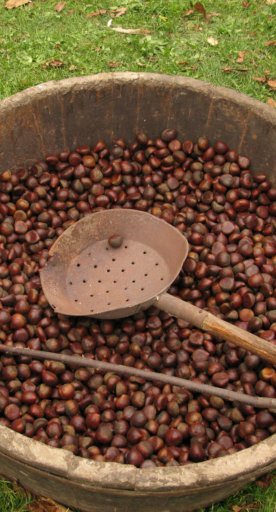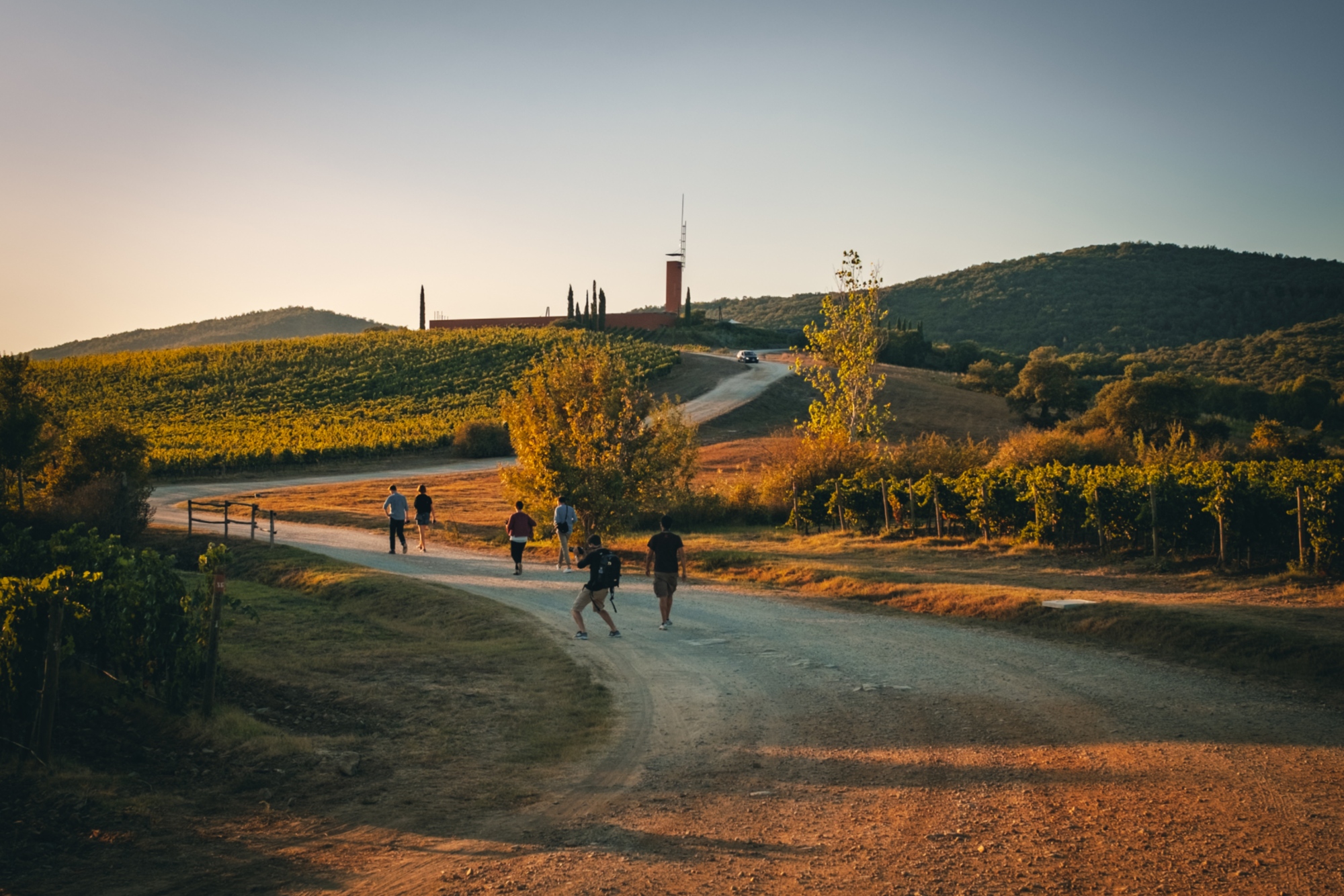

Tuscan Wine for Beginners
Twelve points to help you get to know and savour Tuscan wine
Wine has always been part of Tuscany's culture and history, but it has only recently revealed its full capacity to capture the stories and flavours of the region.
In Tuscany, wine is fundamental to the table. Apart from breakfast, there is not a moment in the day when you can't pair a good glass of wine with a sweet or savoury dish. The video tutorial series, Tuscan Wine for Beginners, gives some useful recommendations to help you better understand and taste the region's specialities: from how to read the labels to the different aspects of degustation, from the best vintages to the finest food and wine pairings.
-
1.Introduction to Tuscan wine
-
2.Reading labels and serving wine
-
3.Tasting steps
-
4.The colours of Tuscan wine
-
5.The aromas of young Tuscan wine
-
6.The aromas of aged Tuscan wines
-
7.Chianti Classico Annata, Riserva and Gran Selezione
-
8.Decanting and serving the wine
-
9.Tuscan dessert wines
-
10.Food and wine pairings
-
11.The best vintages of Tuscan wine
-
12.Tuscan rosé wines
Introduction to Tuscan wine
Tuscany is the land of wine, of culture and of knowing how to spend time at the table. Wine is integral to our history. Just think of Boccaccio, whose Decameron talks of earthly paradise in terms of the Vernaccia rivers; or of Cosimo III dei Medici, who in 1716 officially delimited the most important viticultural areas: Chianti Classico, Carmignano, Rufina and Valdarno di Sopra.
Reading labels and serving wine
The labelling of Tuscan wine is very simple to read: start by looking at the label on the neck, which indicates whether the wine has a DOCG certificate, which will tell you the origins of the grapes used. In the second episode of Tuscan Wine for Beginners we learn together how to read the labelling and how to serve the wine.
Tasting steps
Tasting a wine is like getting to know a person: it involves all the senses. First of all, we see how it looks: what the colours are, the tones and shades. Then we put the glass under the nose in order to explore the aromas. Finally, we taste it, and all the sensations come together.
The colours of Tuscan wine
Colour tells us a lot about wine. There are so many shades that we need to recognise if we are to understand what we are going to taste. A wine's colour depends upon the grape variety, of course, but also on how it was produced. For example, if the wine is aged in wood barrels, it comes out with a darker tonality.
The aromas of young Tuscan wine
In the fifth episode of Tuscan Wine for Beginners, we talk to you about the world of smells that young Tuscan wines exhibit, a vast world that changes with the area and the product that you have in front of you. These are fresh wines that almost seem to leap out of the glass and into your imagination.
The aromas of aged Tuscan wines
But most Tuscan wines improve with age, feeding on the resources of the wineries and becoming sweeter on the tongue. The most famous aged Tuscan wines include Brunello di Montalcino, which originated with a bet to make sangiovese last for a long time; the Vino Nobile di Montepulciano, which was born in the medieval courts; and Bolgheri, which is based on Merlot, Cabernet Sauvignon and Cabernet Franc.
Chianti Classico Annata, Riserva and Gran Selezione
Chianti Classico is one of the best-known Tuscan winemaking territories. Its emblem, the black rooster, is famous. But it is not one single wine: there are actually three typologies of Chianti Classico. In this chapter you will discover what we mean by Chianti Classico Annata, Riserva and Gran Selezione.
Decanting and serving the wine
Decanting a wine is a wonderful ritual, and one that you can easily do in the comfort of your own home. You just need a decanter, or any container that will let the wine breathe, your bottle and a candle.
Tuscan dessert wines
Tuscany is also home to some great sweet wines. Many of you are sure to know Vin Santo, which comes from the Tuscan uplands, where they dry the grapes out before pressing them and then aging them in little barrels. But Vin Santo is not Tuscany's only sweet wine. Have you ever tried Moscadello di Montalcino, or Aleatico from the Isle of Elba?
Food and wine pairings
Tuscan wine exists for the table. "Table wine" is not, as some think, an inferior species; in fact, wine is never better than when paired with food. In this chapter you will find a lot of useful advice on how to pair wine with your dishes.
The best vintages of Tuscan wine
The pleasure of tasting a great Tuscan wine also depends on the vintage. The seasons change and every harvest is different from the one before. If you are looking for a good bottle of wine to keep in your cellar or cupboard, you will find the best years here.
Tuscan rosé wines
The "pink drink" has without doubt become a global phenomenon. Rosé is the fastest-growing sector in the wine industry, and one of the most beloved alcoholic drinks in the world. In the last chapter of Tuscan Wine for Beginners, we take you to look at Tuscany through rosé-tinted spectacles.




































































































